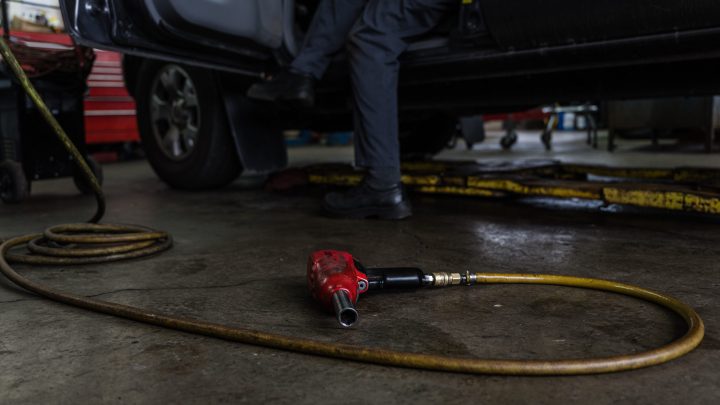
Why some car parts are still hard to find

We called up car dealerships on Friday to see how they were feeling about the United Auto Workers strike against General Motors, Ford and Stellantis. Bottom line: They’ve got enough inventory to weather a disruption for now, but that could change if the strike drags on.
But those dealers brought up a separate issue that’s affecting their businesses: long wait times for some car parts, which can mean long waits for drivers to get their cars repaired.
These backlogs are persistent even after some of the supply chain snags and microchip shortages of the last few years have improved.
Most parts are pretty easy to find these days for Brian Moegelin, owner of Brian’s North End Automotive, an independent repair shop in Burlington, Vermont. That includes tires, brakes and exhaust and engine parts.
But there’s a 2015 Chevy Volt he takes care of that needs a rear spring. And he said the only place he can get it is from a dealership.
“I ordered that spring, I want to say back in May,” Moegelin said. “And there’s still no date as to whether, you know, when I’m going to see this spring.
Moegelin is running into the same problem a lot of dealerships are facing right now, said Todd Campau with S&P Global Mobility.
“Typically, dealerships prefer obviously to use the genuine branded part for whatever brand they’re servicing,” he said.
And those brands, including Ford and GM, are still playing catch-up after that chip shortage, said Patrick Olsen, editor-in-chief at Carfax.
“Now, while demand for new cars is pretty high, they really want to prioritize putting parts into those new cars versus into repair parts,” he said.
And that’s a problem, Olsen said, because our old cars are getting older.
“People are holding on to their cars and maintaining them,” he said. “And that’s great. But it also means that parts fail and people wind up in accidents. And so that overall age means that there’s just more work that needs to be done.”
There is one factor that could increase the supply of auto parts, said Campau at S&P Global: the UAW strike. If affected automakers slash their production, suppliers could turn their attention away from parts for new vehicles.
“If this strike elongates, you could potentially see Tier 1 suppliers set up tooling to build back their repair stock,” Campau said.
So maybe that Chevy Volt in Vermont will finally get that spring it needs.
There’s a lot happening in the world. Through it all, Marketplace is here for you.
You rely on Marketplace to break down the world’s events and tell you how it affects you in a fact-based, approachable way. We rely on your financial support to keep making that possible.
Your donation today powers the independent journalism that you rely on. For just $5/month, you can help sustain Marketplace so we can keep reporting on the things that matter to you.

















